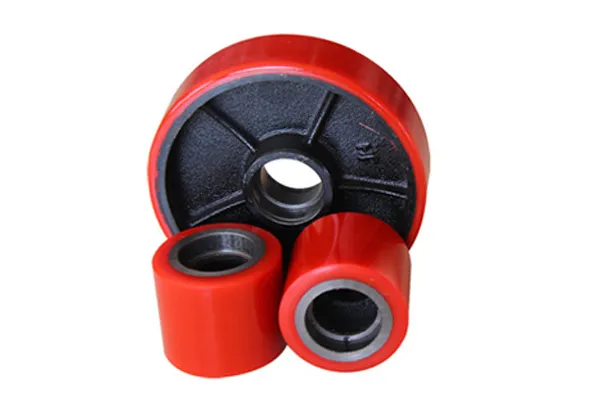


Safe and Efficient Operation of Pallet Trucks
Pallet trucks, also known as pallet jacks, are essential tools in warehouses, distribution centers, and retail environments for transporting goods. These manual or powered devices are designed to lift and move palletized loads, making them invaluable in streamlining operations and enhancing productivity. However, like any equipment in the workplace, proper operation is critical for ensuring safety and efficiency.
Understanding the Different Types of Pallet Trucks
Pallet trucks come in various types, including manual, electric, and high-lift models. Manual pallet trucks are operated by hand, requiring physical effort to lift and move loads. They are ideal for smaller operations or where power sources are not available. Electric pallet trucks, on the other hand, utilize battery power to lift and move loads with ease, making them suitable for larger warehouses with heavier items. High-lift pallet trucks can raise loads to a specific height, allowing for easier stacking and retrieving.
Safety Guidelines for Operating Pallet Trucks
Safety should always be a top priority when operating pallet trucks. Here are some essential guidelines to follow
1. Training and Certification Operators must be adequately trained and, where applicable, certified to operate pallet trucks. Training programs should cover proper handling techniques, weight limits, and emergency procedures.
2. Conducting Pre-Operation Checks Before using a pallet truck, operators should perform a pre-operation inspection. This includes checking the condition of the forks, wheels, brakes, and overall structure of the truck to ensure everything is in working order.
3. Understanding Load Capacity Every pallet truck has a specified maximum load capacity. Exceeding this limit can lead to accidents or equipment failure. Operators should always be aware of this capacity and ensure loads do not exceed it.

4. Maintaining Proper Posture When operating a manual pallet truck, maintaining a proper posture is vital to prevent injury. Operators should bend their knees, keep their back straight, and avoid twisting their bodies while maneuvering.
5. Visibility Operators should always ensure they have a clear line of sight when moving loads. If visibility is obstructed, they should seek assistance or use a spotter.
6. Safe Speed and Maneuvering Operators should move at a safe speed, taking into account the type of load and the environment. Sharp turns and sudden stops can lead to spills and accidents, so careful maneuvering is essential.
7. Proper Load Handling When loading a pallet truck, it is crucial to ensure the load is balanced and secure. Loads should be stacked evenly on the pallet to prevent tipping during transport.
8. Using the Brakes When stopping, especially on inclines, operators should utilize the pallet truck's brakes effectively to prevent it from rolling unexpectedly.
9. Communication In a busy environment, communication among team members is crucial. Using verbal or hand signals can help ensure everyone is aware of the pallet truck's movement.
Conclusion
Pallet trucks play a vital role in modern logistics and material handling. However, their effectiveness hinges on proper usage and adherence to safety guidelines. By ensuring that operators are well-trained, inspecting equipment regularly, and following best practices for load handling, businesses can enhance workplace safety and efficiency. Whether in a small retail shop or a large warehouse, the safe operation of pallet trucks contributes to a smooth workflow and a safer environment for all employees.



